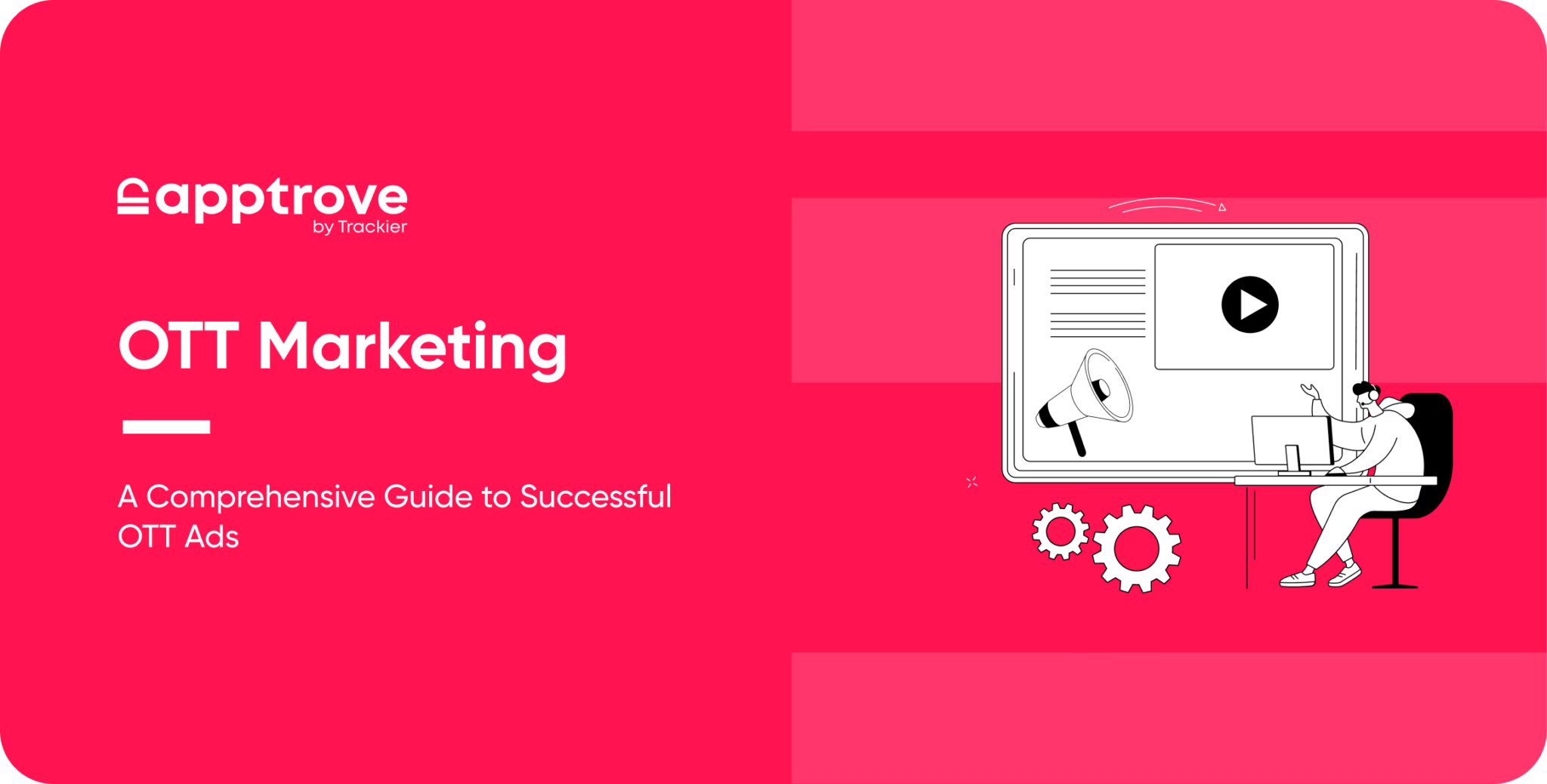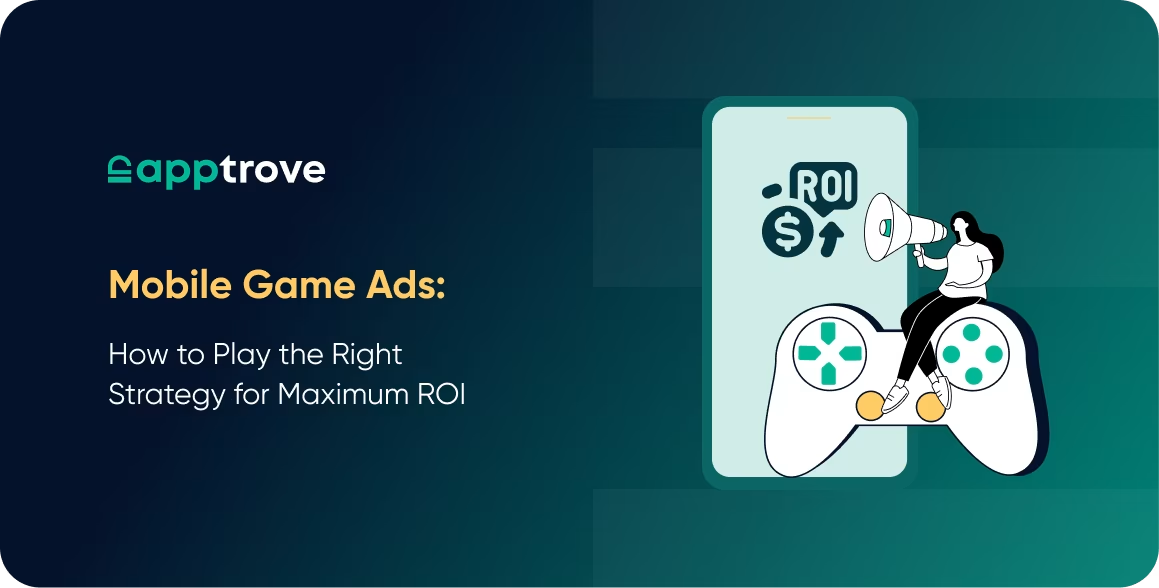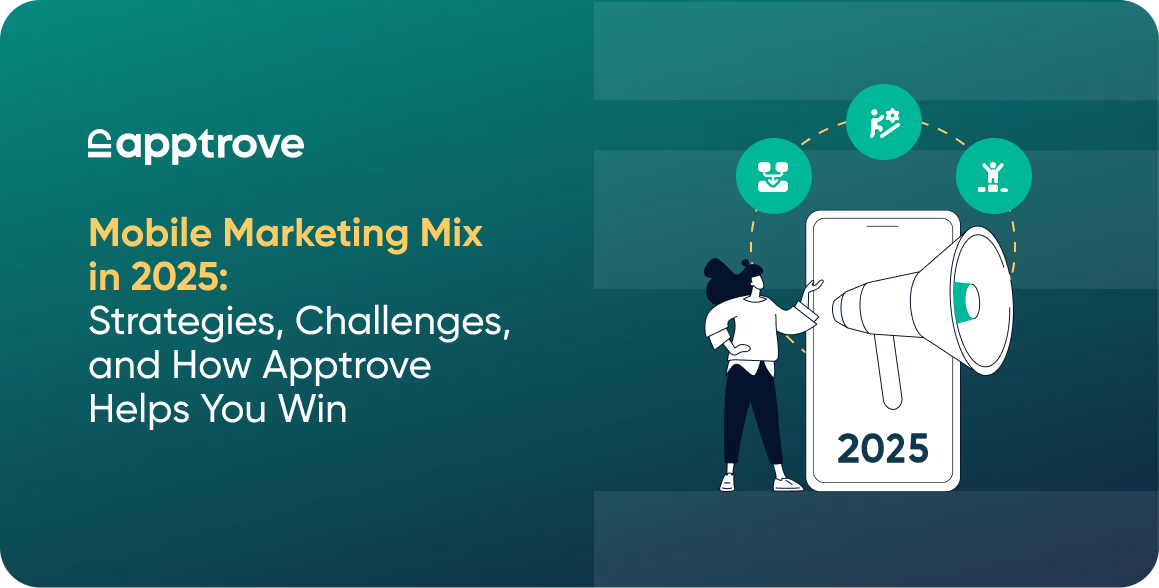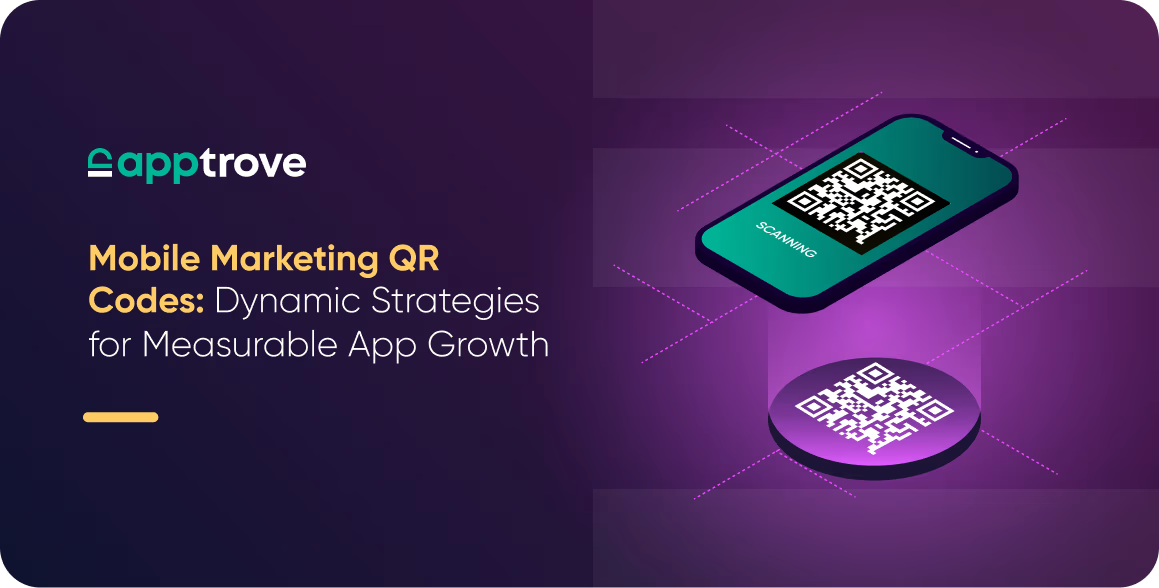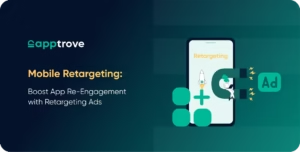As streaming services have continued to increase in popularity in the entertainment space, OTT platforms specifically have become part of consumers’ daily routines by providing a variety of on-demand content. This change in consumer viewing habits has significantly changed the face of entertainment and caused a shift in advertising momentum. In fact, global spend for OTT video advertising is projected to reach US$214.76 billion in 2025, clearly indicating how quickly brands are changing budgets to accommodate this medium. OTT ads have quickly sunk their hooks into advertisers and marketers because of their targeted and personalized nature.
In this blog, we will explore the quickly changing landscape of OTT marketing, its current impact, and the expectation to continue to grow in power in the future. Please join Apptrove in looking at how this new advertising strategy will help guide the face of digital marketing into the future.
OTT Ads: The Process and Opportunities to Succeed
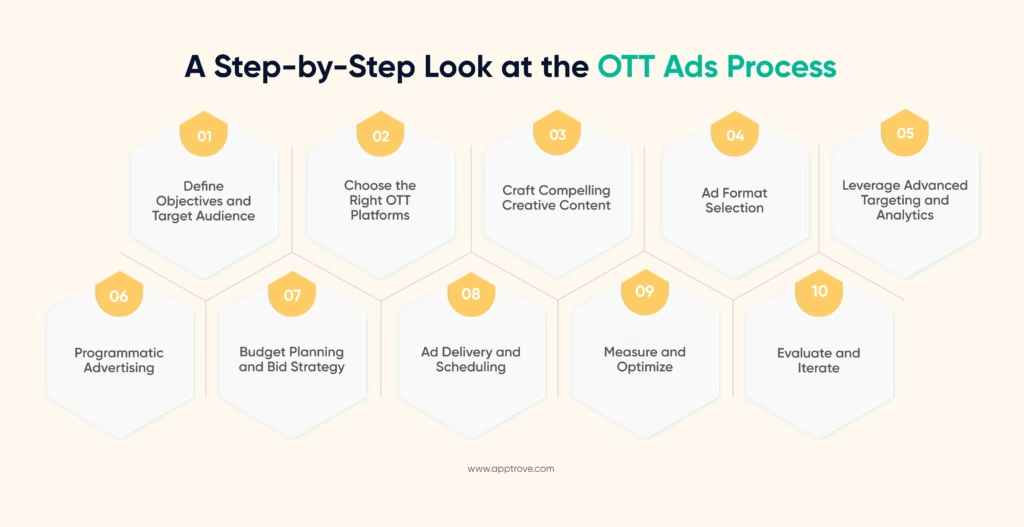
Define Objectives and Target Audience
Before diving into the world of OTT advertising, advertisers must clearly define their objectives and identify their target audience. Understanding campaign goals and the demographics of the desired viewership helps shape the overall strategy for OTT ads.
Choose the Right OTT Platforms
OTT platforms come in various shapes and sizes, ranging from subscription-based services like Netflix to ad-supported platforms like Hulu. Advertisers must carefully select the platforms that align with their target audience and campaign goals. Each platform may have different ad formats, delivery options, and pricing models for OTT ads.
Craft Compelling Creative Content
The heart of any successful advertising campaign is compelling content. Advertisers need to create engaging and relevant video content that resonates with the target audience. This may include product placements, storytelling, or interactive elements to enhance viewer engagement with OTT ads.
Ad Format Selection
OTT advertising offers diverse ad formats, including pre-roll, mid-roll, and post-roll ads, as well as interactive overlays. Advertisers should choose the format that aligns with their campaign objectives and suits the viewing experience on the selected OTT platform to maximize the impact of OTT ads.
Leverage Advanced Targeting and Analytics
One of the key advantages of OTT advertising is the ability to leverage advanced targeting capabilities. Advertisers can target audiences based on demographics, location, interests, and even device type. Utilizing analytics and tracking tools helps measure the effectiveness of OTT ads and refine targeting strategies.
Programmatic Advertising
Programmatic advertising has become integral to OTT campaigns. Automated buying processes enable real-time bidding and data-driven decision-making, enhancing efficiency and allowing advertisers to reach their desired audience with precision through OTT ads.
Budget Planning and Bid Strategy
Establishing a clear budget and bid strategy is crucial. Advertisers need to determine how much they are willing to invest in their OTT campaign and set bid strategies that align with their goals, whether it’s maximizing reach, engagement, or conversions for OTT ads.
Ad Delivery and Scheduling
Advertisers have the flexibility to control when and how often their ads are displayed. Understanding the optimal times for reaching the target audience and managing frequency caps ensures that the campaign remains effective without overwhelming viewers of OTT ads.
Measure and Optimize
Continuous monitoring and optimization are essential components of the OTT advertising process. Advertisers should regularly analyze key performance indicators (KPIs), such as impressions, click-through rates, and conversion metrics. Adjustments can be made based on this data to enhance the overall performance of OTT ads.
Evaluate and Iterate
Post-campaign evaluation is crucial for learning and improvement. Advertisers should assess the success of their OTT campaign, gather insights, and apply these learnings to future initiatives. The iterative nature of OTT ads allows for ongoing refinement and optimization.
A Peek into the Future: OTT Advertising Trends to Look Out For
- Hyper-Personalization
In 2023, OTT advertisers increasingly focused on hyper-personalization to deliver content that resonates with individual viewers. Advanced algorithms and machine learning technologies were leveraged to analyze user behavior, preferences, and demographic data. Advertisers could then craft highly targeted campaigns, ensuring that viewers receive advertisements that align with their interests, enhancing the overall viewing experience. - Interactive Ads
Interactive advertisements are gaining prominence as advertisers seek to create a more engaging and immersive experience for viewers. With the ability to click, swipe, or participate in polls and quizzes directly within the ad, viewers become active participants in the advertising experience. This trend not only captures attention but also provides valuable data for advertisers to refine their targeting strategies. - Shoppable Content
In 2023, the lines between entertainment and commerce continue to blur with the rise of shoppable content on OTT platforms. Viewers can seamlessly transition from watching a show or movie to purchasing featured products within the content. This trend capitalizes on the impulse-buying behavior of consumers, turning entertainment into a direct avenue for transactions. - Programmatic Advertising Dominance
Programmatic advertising, driven by artificial intelligence and machine learning algorithms, is becoming the go-to method for buying and placing OTT ads. This automated approach allows advertisers to target specific audiences at scale, optimizing ad placements in real-time based on user data. The efficiency and precision offered by programmatic advertising contribute to maximizing ROI and minimizing ad wastage. - Ad-Supported Streaming Services on the Rise
With the increasing number of ad-supported streaming platforms, advertisers have a broader range of opportunities to reach audiences. Ad-supported models provide a cost-effective way for viewers to access premium content, while advertisers can benefit from a more extensive user base. This trend is expected to fuel the growth of ad-supported OTT services and redefine the dynamics between content creators, platforms, and advertisers. - Addressable Advertising
Addressable advertising is evolving beyond traditional TV to make a significant impact on OTT platforms. This technology enables advertisers to deliver personalized ads to specific households or individuals, ensuring that messages are tailored to the unique characteristics of each viewer. This granular approach maximizes the relevance of advertisements and minimizes ad fatigue.
Putting it Together
As the OTT process continues to gain momentum, advertisers must focus on creating engaging and personalized content to capture the attention of their target audience in this highly competitive space. The integration of advanced analytics and data-driven insights plays a pivotal role in refining ad strategies and optimizing performance. Embracing innovative formats, leveraging programmatic advertising, and prioritizing seamless user experiences are key considerations for success in the ever-expanding realm of OTT advertising. By staying informed and adopting a dynamic approach with the help of a reliable MMP, advertisers can navigate the challenges and unlock the full potential of OTT advertising in reaching and resonating with their desired audience.
FAQs
1. What does OTT advertising mean, and how is it different from traditional TV ads?
OTT advertising means advertising on streaming platforms that provide a substitute for cable or satellite. Unlike TV advertising, OTT advertisements can be extremely targeted, can provide personalization, and can offer measurement with advanced analytics, meaning broadcasters have more control of the platform and advertisers have superior ROI.
2. How to buy OTT advertising for the first time as a brand or marketer?
To purchase OTT advertising, the initial step involves establishing your campaign objectives, determining your audience, and selecting OTT platforms that suit your objectives. Many advertisers are opting for programmatic platforms or media partner firms to facilitate more efficient ad purchasing and targeting.
3. What budget should I set if I want to know how to buy OTT advertising effectively?
Your budget will depend on what your campaign goals are, size of the audience, and the platform you have chosen. Some OTT platforms require minimum spends, while programmatic buying generally allows you to bid on an auction basis. Having a clear bidding strategy will help you drive a balance between reach, engagement, and conversions.
4. Why is programmatic buying a popular method for those learning how to buy OTT advertising?
Programmatic advertising streamlines the buying process with real-time bidding, sophisticated audience segmentation, and data-driven optimization. This process ensures brands pay the correct price to the correct viewer-client, making programmatic buying one of the most efficient ways to buy OTT advertising.
5. What are the key factors to consider when deciding how to buy OTT advertising in 2025?
Brands should consider platform audience demographics, ad format choices, pricing models, targeting capabilities and measurement tools. With OTT ads spend expected to grow to approximately US$214.76 billion in 2025, demand is increasing, meaning it’s more important than ever to make informed ad buys.
